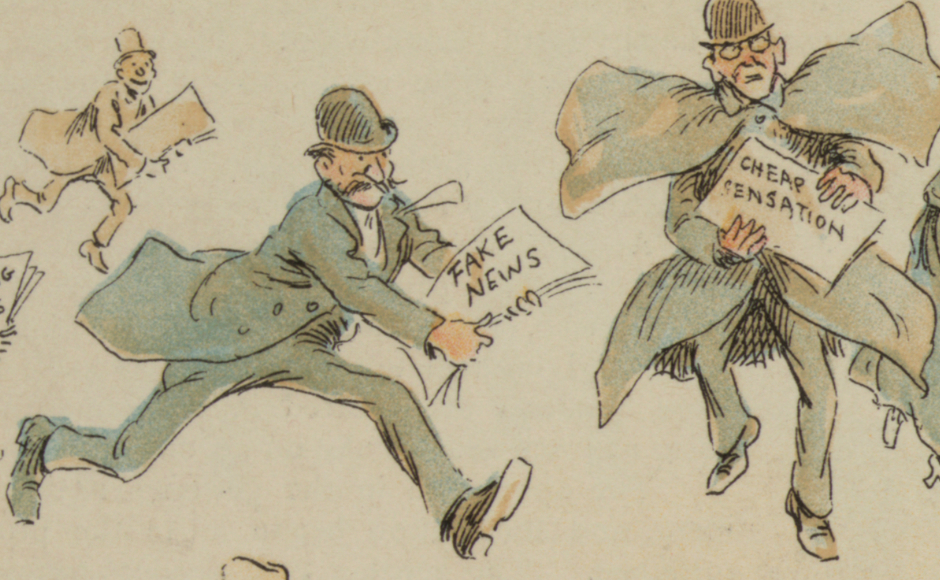 Fake News. Public Domain Image - https://goo.gl/fRfrkX.
Fake News. Public Domain Image - https://goo.gl/fRfrkX. Fake News. Public Domain Image - https://goo.gl/fRfrkX.
Fake News. Public Domain Image - https://goo.gl/fRfrkX.Related posts

First ‘Kids Count’ Report in 21 Years Shows Challenges, Demographic Changes Among Camden City Youth
The report from Advocates for Children of New Jersey compiles data from a variety of state and federal agencies, nonprofits, and community groups to illustrate and contextualize conditions for children and families in the biggest municipality in Camden County. Sign in or subscribe to continue reading…
December 15, 2025
CASA Opens Foster Care Advocacy Offices in Haddon Twp., Seeks Volunteers
CASA, the Court-Appointed Special Advocate program, serves foster children in three South Jersey counties, advocating for their needs until their cases are resolved. The program, which opened a new office in Haddon Township, is seeking new volunteers to help expand its services. Sign in or subscribe to continue reading…
August 19, 2025
